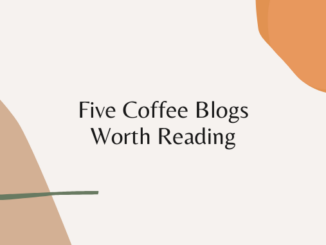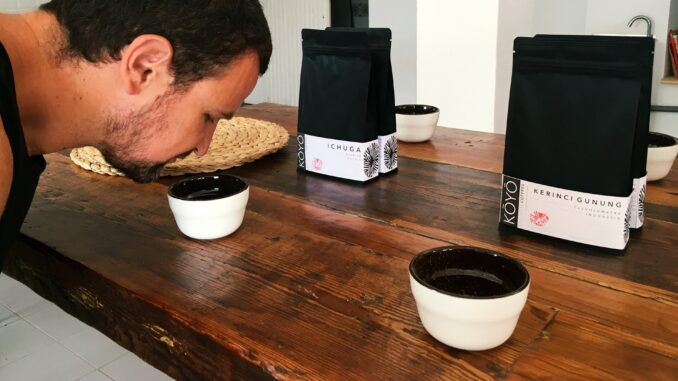
We kick off a series about cupping by exploring what the method is used for and the value of cupping at home.
BY TANYA NANETTI
SENIOR ONLINE CORRESPONDENT
Cover photo by Tanya Nanetti
Every coffee lover sooner or later stumbles upon a coffee cupping: Maybe they have just heard the term, maybe they’ve seen it advertised at a roaster and decide to attend, or maybe one of their barista friends introduces them to it.
So What Is a Coffee Cupping?
Coffee cupping is a method historically used by coffee professionals to evaluate a coffee. By cupping, one can determine a coffee’s strengths and weaknesses, check the quality of the roasting profile, and detect the presence of possible defects.
Born as a standardized system to help recognize coffee consistency, cupping has existed since the late 19th century. But it was at the beginning of this millennium that SCA developed a cupping procedure that has become the industry standard for cupping.
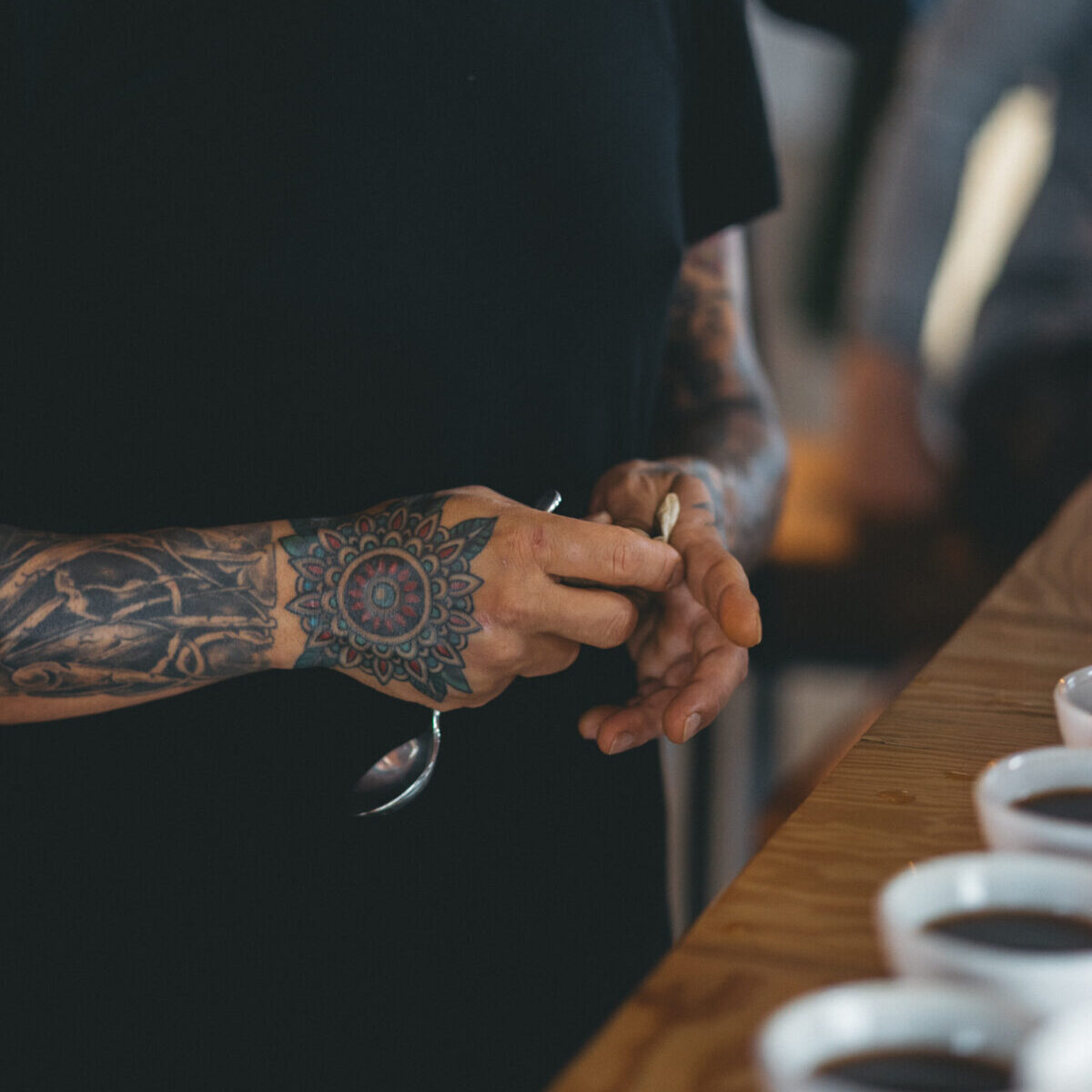
Photo by Nuno Alexandre.
The main goal of cupping: to create an easy procedure, which requires only a coffee grinder, some bowls and spoons, some hot water, and coffee beans, and a common tasting language that can be used by everyone, all over the world. Professional cupping follows a rigorous procedure in which participants evaluate the coffee using a form that scores each attribute of the coffee from six to 10, both for intensity and for quality.
Cupping, Simplified
This method can be intimidating for a novice. That’s why, even when coffee shops or roasters organize public cuppings, they usually don’t use the professional form, instead choosing a less formal approach.
But is there a fun and easy way to familiarize yourself with coffee cupping?
Enter cupping at home! This is the perfect way to start learning more about coffee, and probably the best way to do it is to use a less technical and more fun approach.
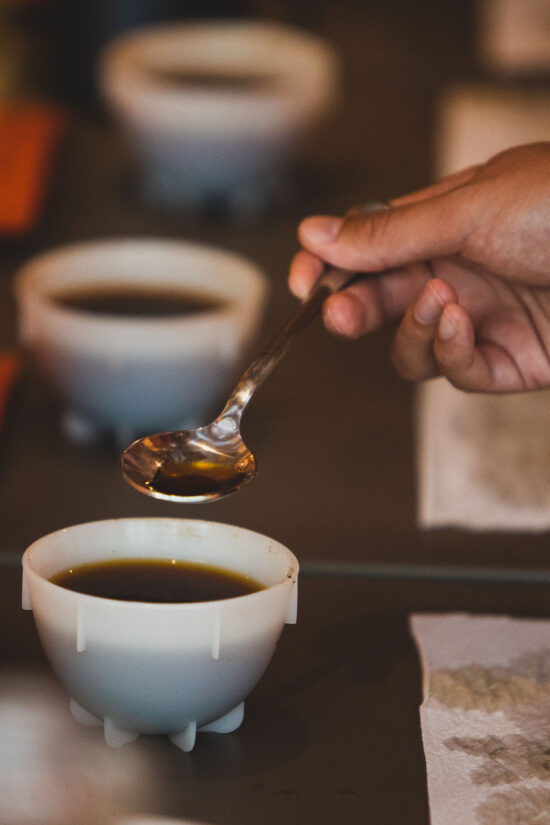
The purpose of professional cupping is to analyze the various features of a coffee (bitterness, acidity, sweetness, etc.). When cupping at home, you can practice these characteristics, or focus on finding the coffee’s tasting notes.
Moreover, organizing a home cupping, even just for yourself, can help you learn how to brew a better coffee.
Thanks to its repeatability and easy procedure, cupping is almost foolproof, and it can be really helpful in highlighting the best and worst that every coffee has to offer, providing a better idea about how that coffee should taste when brewed. You can learn a lot from a simple cupping!
Improve Your Palate
Let’s say, for instance, that the coffee tasted in the cupping is too bitter. That could help you decide to brew that same coffee with colder water, or perhaps use a coarser ground, or lower your ratio of grounds to water. If, on the other hand, the coffee is missing some sweetness or lacking depth, you can try the brew doing exactly the opposite, and so on.
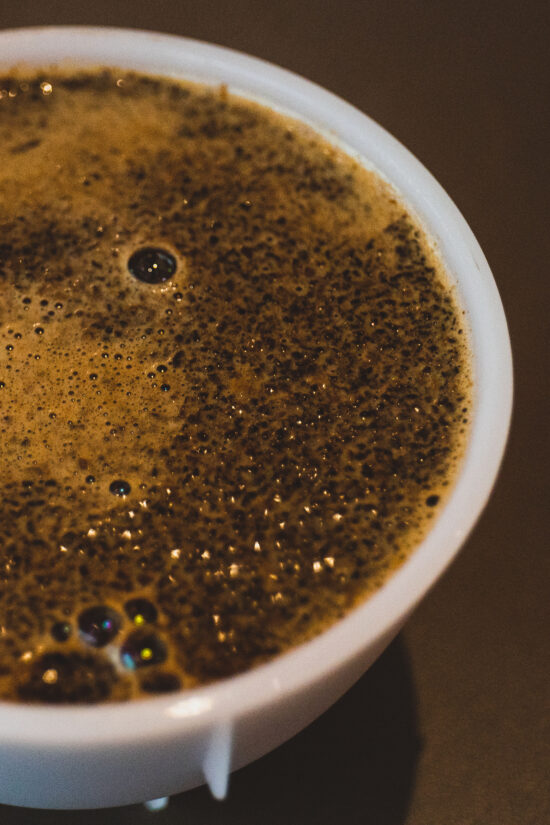
And the best part? The more you cup, the more you’ll learn. You’ll soon be able to recognize different tasting notes and qualities more easily, preparing you for the next professional cupping.
Stay tuned for part two later this week, where we’ll discuss cupping procedures to get you started!
ABOUT THE AUTHOR
Tanya Nanetti (she/her) is a specialty-coffee barista, a traveler, and a dreamer. When she’s not behind the coffee machine (or visiting some hidden corner of the world), she’s busy writing for Coffee Insurrection, a website about specialty coffee that she’s creating along with her boyfriend.



